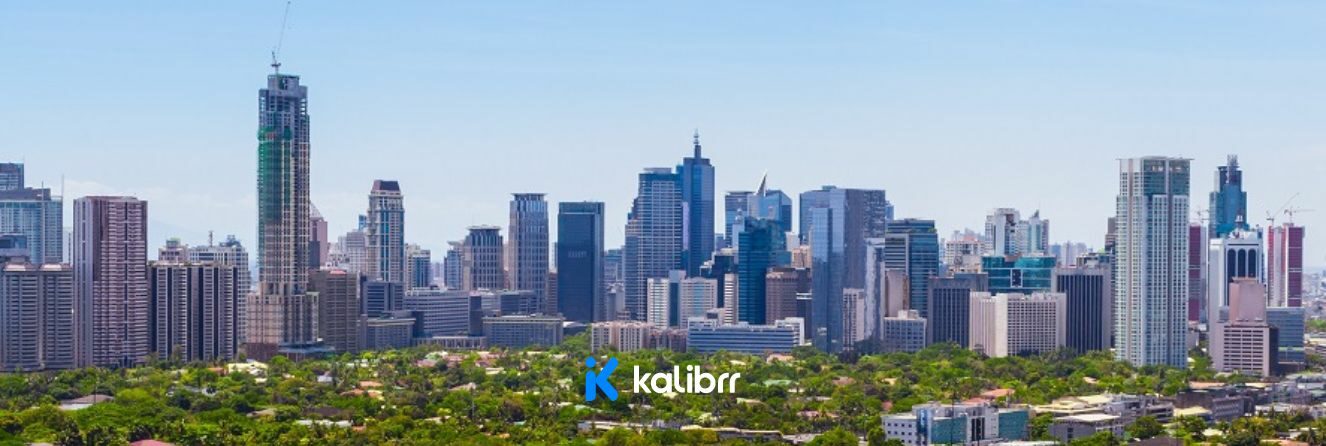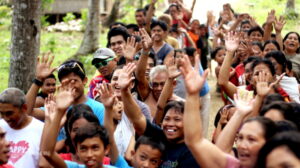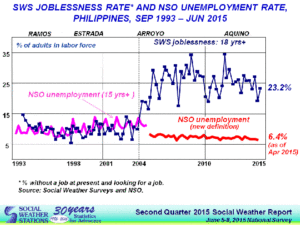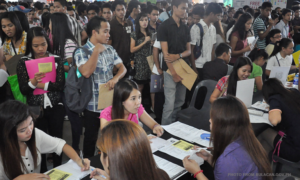Highlights of Employment for 2015

2015 was a lot of things for the Philippines. From the Pope’s visit and hosting APEC to taking home the Miss Universe Crown, it’s been quite an eventful year for us. The job and employment scene also saw its fair share of action this 2015 and as the year draws to a close, let’s take one last look at what happened in the job scene and get a glimpse at what’s in store for next year.
Jobseekers and dear readers, here it is: the high(and low)lights of employment for 2015.
TOPICS
There were highs
When your employment target is 1.21 million, you need to have a solid industry to answer to that call. Fortunately, the Philippine BPO industry fits the bill. In June, IBPAP President Jose Mari Mercado was optimistic that the rapidly growing BPO sector would even surpass the target number for growth. With the workforce shift came some new ideas and avenues for career building. Previously hitched with the no man’s land of unemployment and joblessness, freelancing has now become a career frontrunner for many Filipinos. About 2 million Filipinos at that. Ron Cirjuano, the country manager for Upwork, the world’s largest freelance talent marketplace, said that freelancing is gaining interest and traction over conventional 9-5 jobs because of the flexibility, accessibility, and earning potential of the trade. Homegrown talent is able to reach new horizons at their convenience.

Given our high tax and low income rates, one would think that working in the Philippines is a miserable thing. However, the reality is far from it. Statistically, Filipinos are the happiest workers and employees. Jobstreet’s annual Job Satisfaction Report showed that Pinoy’s rated themselves at 70% happy with their jobs. That’s elation when compared to Hong Kong’s 37%, Singapore’s 51%, Thailand’s 59%, and Indonesia’s 28%. The fact that we are less developed than our fellow Asian countries can’t rain on our parade. MasterCard piloted its first Asia Pacific Cities Well-Being Index (0 as lowest, 100 as highest, 50 as neutral) where Manila scored a 71.5 for “Work and Finances”, giving regular income an 84.7 and employment a 79. The surveys show that despite our tax and income rates, the cost of living is low so a comfortable living is more achievable here than in neighbouring countries. You win some, you lose some.
And there were lows
In early May, the devastating loss caused by the Fentex Manufacturing Inc. fire cast a shadow on the company but a blinding light on the poor working conditions in the country. Steel windows, thick glass, a layer of chicken wire, and the lack of emergency exits are said to have barred the 73 Fentex employees from evacuate the burning building. Labor Groups such as Kilusang Mayo Uno say that inconsistent implementation of safety rules, hasty site inspections, and the general lack of compliance with labor laws were of great cause to the fire. Labor Secretary Rosalinda Baldoz states that labor standards are only followed by 3 out of every 5 businesses in the country.

The struggle of inconsistent quality flows throughout the employment sector. IBON reports that the quality of work is also on a decline and informal and non-regular work is on the rise. “The share of regular employees…decreased from 72 to only 56 of 100 Filipino workers,” according to government data. In addition, over half a million informal jobs came into fruition this year only for a third of them to be lost in the first quarter of 2015. Despite our growing economy, unemployment is still wildly prevalent. Surveys by the Social Weather Stations (SWS) record our national unemployment rate at a plummeted 23.2% in Q2 which is ironic next to our 5.9% GDP growth in the same quarter.
Following suit in the decline of things, making up a tenth of our national GDP, remittances from OFW are prone as well. Nearly half of the country’s remittances (46.5%) come from OFWs in the U.S. but the availability of work there is on a slow but steady downward slope. While this decline is being offset by the increasing remittances from the Middle East and Asia, they don’t equal the worth of those from the U.S. which is easily double. If remittances from the East takes over the West, even if the physical number of workers increases, it will be a while before the monetary worth catches up.
But there were also things to look forward to
The LA Times has dubbed the Philippines as the call center capital of the world. The wildfire industry where a call center agent’s salary can match that of a starting associate at a law firm is on a steady rise. In 2015, BPOs were forecasted to generate close to 200,000 jobs and they don’t appear to be stopping in 2016. In addition, the first fruits of our hosting of APEC 2015 will come into fruition next year according to theDepartment of Labor and Employment. Simply put, APEC = more jobs.

DOLE foresaw “vibrant trade relations” between the Philippines and nine other countries during the summit and we’re all hoping for inter-country employment opportunities to come of these relations. These countries are Australia (technical vocational eduction), Japan (manufacturing, services, etc.), South Korea (agribusiness, banking, etc.), Mexico (tourism, infrastructure, etc.), New Zealand (IT-BPM, engineering, etc.), Peru (aerospace, electronics, etc.), Papua New Guniea (infrastructure, shipbuilding, etc.), Russia (renewable energy, design, etc.), and the United States (manufacture of food, infrastructure, etc.).
Things are looking bright across the seas and at the home base. In October, President Aquino set things in stone and signed the public service employment bill into law. What this means is a more steady and streamlined distribution and dissemination of employment and assistance to smaller, more rural areas in the country will be made available. The management of these employment assistance units will be LGUs of the communities themselves in order to tailor processes and opportunities. The Aquino administration also aimed to launch various projects and initiatives to “to address job-skills mismatch and bring back investor confidence in the Philippines.”
Much of the highs of employment for 2015 went hand in hand with the lows. You really do win some and lose some but with this year’s solid finish, 2016 is looking like a winner.



Belum ada komentar yang tersedia!